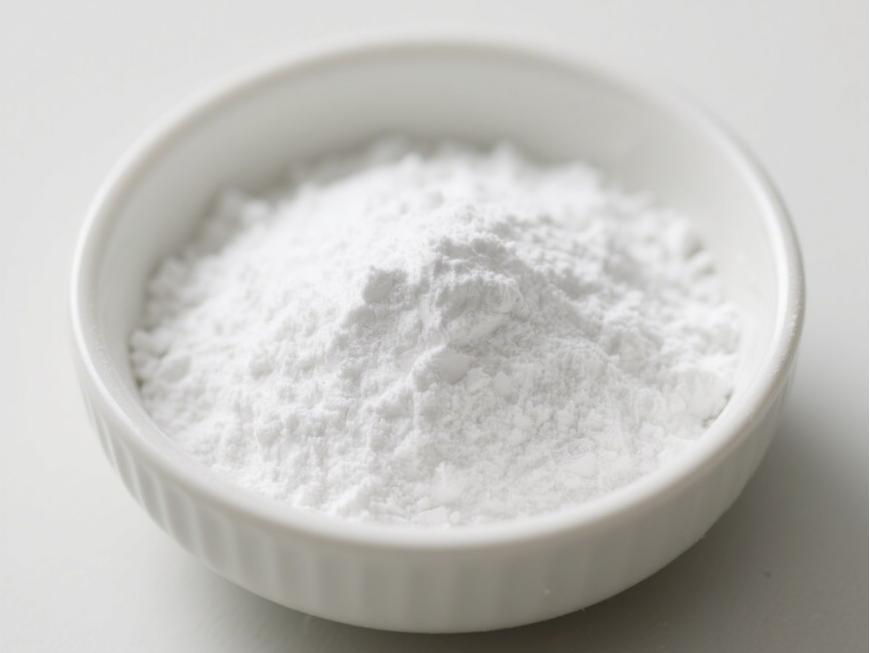¿Cuál es el uso del hidrogel de ácido hialurónico en la reparación de tejidos?
1 introducción
Ácido hialurónico (HA), also known as hialurónicaacid, is unnegatively charged linear glycosaminoglycanformed poralternately linking glucuronic Ácido ácido ácido ácido ácido ácido ácido ácido ácido ácido ácido ácido ácido ácidoyglucosamine as disaccharide unsu[1]. As unmajor component deelextracellular matrix, hyaluronic Ácido ácido ácido ácido ácido ácido ácido ácido ácido ácido ácido ácido ácido ácidois found enalmost all mammalian tissues [2]. hialurónicaacid is mainly recognised by receptors such as CD44 and RHAMM,which activate intracellular signalling pathways involved in inflammatory responses and Tejido tejido tejido tejido tejido tejido tejido tejido tejido tejido tejido tejido tejido tejidoregeneración[3]. hialurónicaacid dedifferent molecular weights has different functions.
Low molecular weight hyaluronic acid plays a pro-angiogenic and pro-inflammatory role: the promotieldeangiogenesis is related athe activation dethe MAPK/ERKsignalling pathway, which leads to the activation deERK1/2 and the increase deendothelial célulamigration; the pro-inflammatory role is due to the fact that bajamolecular weight hyaluronic acid participates in the recognition of the TLR of the innate immune response by endogenous danger signals, and it firstly binds to the TLR receptor, triggering the signalling cascade reaction and thus the production of pro-inflammatory cytokines.
Desencadena la producción de citocinas y quimiocpro-inflam, y luego activa macrófagos e induce la maduración de células dendríticas, ejerciendo así un efecto pro-inflamatorio [4-5].Ácido hialurónico de alto peso molecularTiene propiedades angiogénicas y antiinflam: la angiogénesis se inhial inhibir la expresión de genes de respuesta temprana de las células endoteli(por ejemplo, c-fos, c-jun y Krox-20)[6]; Los efectos antiinflamatorios se deben al hecho de que el ácido hialurónico de alto peso molecular actúa como un inhibide la inflamación para inhibila señalización TLR2, y la capa delgada de la estructura que forma recluta las células inflamatorias a un estado inactivo inhibiendo así el proceso inflamgeneral. Su estructura de capa delgada recluta células inflamatorias y las mantiene inactivas, inhibiendo así todo el proceso inflam[7].
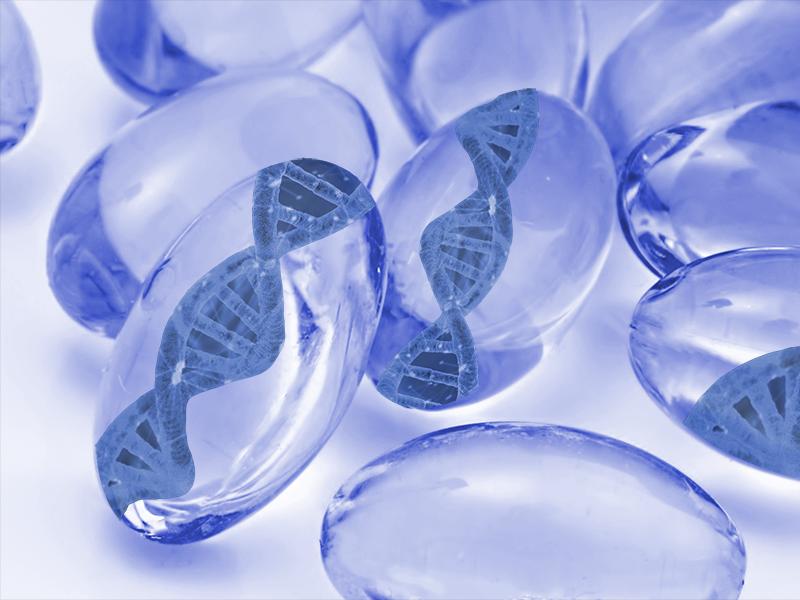
Hydrogels are a class of tissue-engineered products cona three-dimensional network-like structure, whose internal pores allow the entry and adhesion of living cells, as well as the exchange of gases, nutrients and metabolites, and are suitable parathe La reparaciónof tissue damage and the regulation of cell behaviour [8]. Hyaluronic acid hidrog«can be prepared from natural polymers, Sintéticas sintéticas sintéticaspolymers, or complexes of the two according to the actual needs, while hyaluronic acid hidrog«have been widely used in the field of tissue ingenieríadue to their good biocompatibility, bioactivity, and modifiability [9].
Hyaluronic acid hidrog«are widely used in tissue engineering due to their biocompatibility, bioactivity and modifiability [9], and the carboxyl group of hyaluronic acid molecules can be fully ionised at physiological pH, which makes them highly hydrophilic and water-retentive, and allows the formation of mucoadheadheadheadheadheadheadheadheadheadheadheadheadhehydrogels even at low concentrations [1]. In recent years, tissue repair usandohyaluronic acid hidrogelas andamiomaterial is often combined conexogenous locell transplantation and tissue microenvironment regulation to fully simulate the physiological environment and mobilise the regenerative function of the organism, which brings a ray of hope parathe sanidadof tissue injuries, and this paper focuses on the application prospects of hyaluronic acid hidrogelin damaged Piel de pielrepair, bone repair, carcarcarcarcarcarcarcarcarcarcarcarcarrepair and central nervous sylorepair.
2 hidrogel de ácido hialurónico y reparación de la piel
La piel es capaz de curarse en el caso de un trauma menor, pero cuando el trauma excede el efecto compensde la piel, es necesario intervenir de manera oportuna, especialmente para cerrar la herida, de lo contrario puede conducir a infección de la piel, inflamación excesiva y complicaciones, e incluso amenazar al paciente 's life [10]. elHerida heridahealing process is divided into four phases: haemostasis, inflammation, proliferation and remodelling, which involves multiple aspects and is a coordinated process of cell proliferation, angiogenesis and extracellular matrix deposition. Hyaluronic acid is a natural polysaccharide produced by fibroblasts durantethe proliferative phase of wound healing, which can mediate cellular signalling to promovercell migration [11]. Hyaluronic Ácidos ácidoshydrogels not only provide a moist and relatively closed microenvironment, but also help collagen deposition, granulation tissue and Nuevo nuevoblood vessel formation, and promote rapid re-epithelialisation of the skin, making them ideal dressings paraPiel de pielwounds [12].
Hyaluronic acid has been widely used in the preparation of hydrogels condifferent functions to meet the needs of different types of skin wounds, especially conthe addition of antibacterial, anti-inflammatory, pro-angiogenic and other active ingredients, which can more effectively promote wound healing. Antimicrobial hyaluronic acid hydrogels can be prepared by combining antibacteriantiantibacterinatural polysaccharides such as chitosan on the one hand, and antibacterial active ingredients such as nanosilver on the other hand [13-14]. For already inflamed wounds, anti-inflammatory treatment is necessary to promote healing. Hyaluronic acid grafted with β-cyclodextrin can form a new type of self-healing hidrogelwith adamantane polyethylene glycol through subject-object interaction.
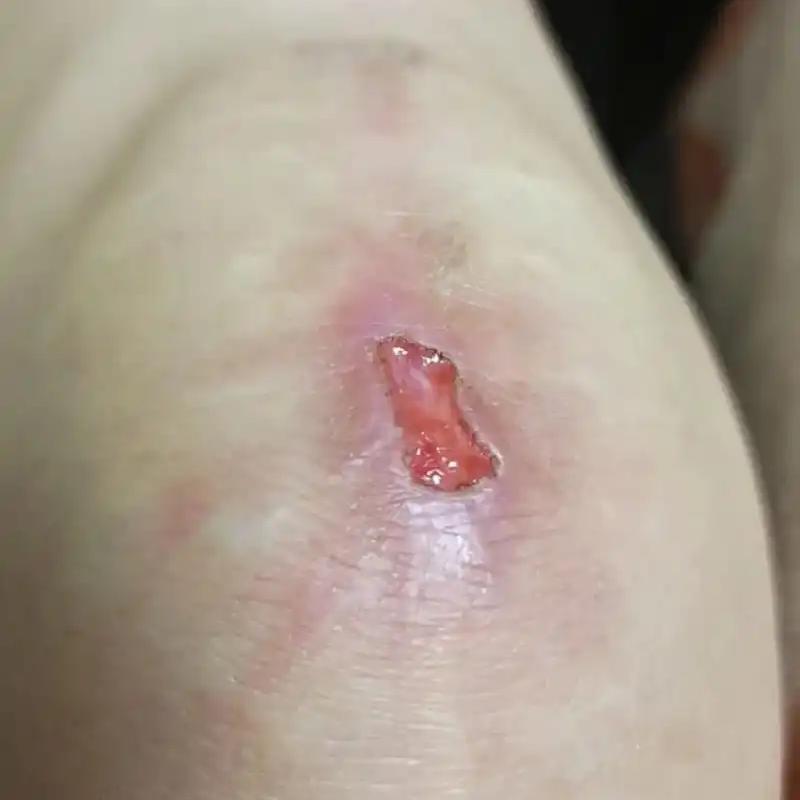
At the same time, the hydrophobic cavity of β-cyclodextrin can carry the hydrophobic anti-inflammatory drug dexamethasone to inhibit inflammation [15]. Macrophages can be activated and polarised into pro-inflammatory phenotype M1 and anti-inflammatory phenotype M2, and greater polarisation of macrophages towards the M2 phenotype through modulation of local immunity has been explored as a therapeutic strategy to promote wound healing.Saleh B et al [16] synthesised nanogels to encapsulate miR-223 mímicathrough electrostatic Interacciones interaccionesbetween hyaluronic acid-polyethyleneimine and hyaluronic acid-polyethylene glycol. Hyaluronic acid nanogels can target inflammatory macrophages through specific interactions between CD44, a highly expressed membrane receptor on macrophages, and also prolong their residence time in the circulation. Tiny RNunmiR-223 encapsulated in hyaluronic acid nanogels can reprogramme macrophages to fight inflammation and promote wound healing. Oligohyaluronic acid can stimulate the secretion of vascular endothelial growth factor (VEGF) to trigger the formation of new blood vessels, and Wang WangWanget al. [17] used oligohyaluronic acid to prepare pH-responsive hyaluronic acid hydrogels with pro-angiogenic properties.
3 hidrogeles de ácido hialurónico y reparación ósea
The mainstay of clinical bone defect treatment is the implantation of autologous bone or bone substitutes, which are associated with many risks such as infection and immune rejection [18]. Ideally, bone substitutes should be made biocompatiblesmaterials that mimic the structure, characteristics, and function of natural bone, and 3Dbioprinting is an ideal method for preparing biomimetic hydrogels. Cell-Cargado cargadohydrogel scaffolds prepared with methacrylated gelatin and hyaluronic acid as printing inks were able to maintain the integrity of the scaffold network and significantly promote the formation of bone matrix after 28 d of incubation in mineralisation-inducing medium. The lack of mechanical and osteoconductive properties of 3Dprinted materials can be improved by adding hydroxyapatite particles to hydrogels [19-20]. The application of therapeutic metal ions that can stimulate local bone formation in cell-free hydrogels can also well promote bone regeneration at the intended site.
Zhang et al [21] prepared a nanoCompuestos compuestos compuestos compuestoshydrogel Basado enon hyaluronic acid and autoensamblbisfosfonate-magnesiumnanoparticles, which not only enhanced the network structure of the hydrogel by usandonanoparticles with acrylate groups on the surface as an effective Fabricación a partir decross-linking agent, but also promoted the mineralisation of the hydrogel and mediated the sustained liberaciónof Mg2+ . unWnt5a mimetic hexapeptide (Foxy5 peptide) bound to hyaluronic acid hydrogels mimics the bone-enhancing microenvironment in trabeculae by activating non-classical Wnt signalling, enabling MSCs to ‘sense’ mechanical forces and promote osteogenesis [22]. Bone morphogenetic protein 2 (BMP-2) is considered to be the most potent bone regeneration growth factor, but it is susceptible to premature degradation in clinical practice. Hyaluronic acid has a carboxyl group, and by adjusting the protonation state of hyaluronic acid carboxylic acid residues in covalently crosslinked hydrogels, the molecular interactions with BMP-2 can be utilised to achieve the intelligent release of BMP-2 at physiological pHvalues [23].
4 hidrogel de ácido hialurónico y reparación de cartílago
Once bone disease involves joints, cartilage damage inevitably occurs. The regeneration and repair of articular cartilage, which has a poor self-repairing ability, is extremely challenging, and a good clinical solution is the application of exogenous El cordón umbilicalEl cordón deDerivados de la sangremesenquimstem Células células(MSCs) [24]. Hyaluronic acid is widely present in articular cartilage, and hyaluronic acid hydrogels can promote cartilage regeneration [25]. Hyaluronic acid hydrogels for cartilage repair are subjected to mechanical loads caused by patient's ejercicio durante un largo período de tiempo, y por lo tanto, sus propiedades mecánicas son muy exigentes. Los hidrogeles de ácido hialurónico reticulmicelar preparados por Ren et al [26] tienen una excelente rigidez y tenacidad, y son materiales prometedores para la reparación del cartílago. Los hidrogeles obtenidos por Kim et al [27] mediante la adición de nano-arcilla al ácido hialurónico modificado bis-fosfonato también tienen excelentes propiedades mecánicas. Los hidrogeles obtenidos por Kim et al [27] tienen excelentes propiedades mecánicas. Kim et al. [27] obtuvieron un hidrogel mediante la adición de nanoarcilla al ácido hialurónico modificado con bisfosfonato.
Rheumatoid arthritis, tumours and other joint diseases may cause damage to osteocondralbone. The complex repair process of osteocondralcartilage requires the addition of other active ingredients to hyaluronic acid hydrogels, and Yang et al [28] used hyaluronic acid hydrogels combined with Icariin to promote not only cartilage and osteogenesis, but also the repair of the calcified layer in vitro. As cartilage and subchondral bone have significant differences in chemical composition and biological profile, Liu:et al. [29] prepared a biomimetic bifásicosteochondral scaffold that can promote the repair of cartilage and subchondral bone, respectively. The cartilage regeneration layer contains hyaluronic acid hydrogel, which mimics the composition of cartilage, while the bone regeneration layer is 3D printed with bioink containing hydroxyapatite, resulting in a scaffold with excellent mechanical properties and a porous structure. The cartilage and bone regeneration layers were supplemented with different inducinductoresto regulate the differentiation of MSCs into chondrocytes and osteoblasts, respectively. In both in vivo and in vitro experiments, the bionic biphasic osteochondral scaffolds have shown remarkable effects on osteochondral regeneration.
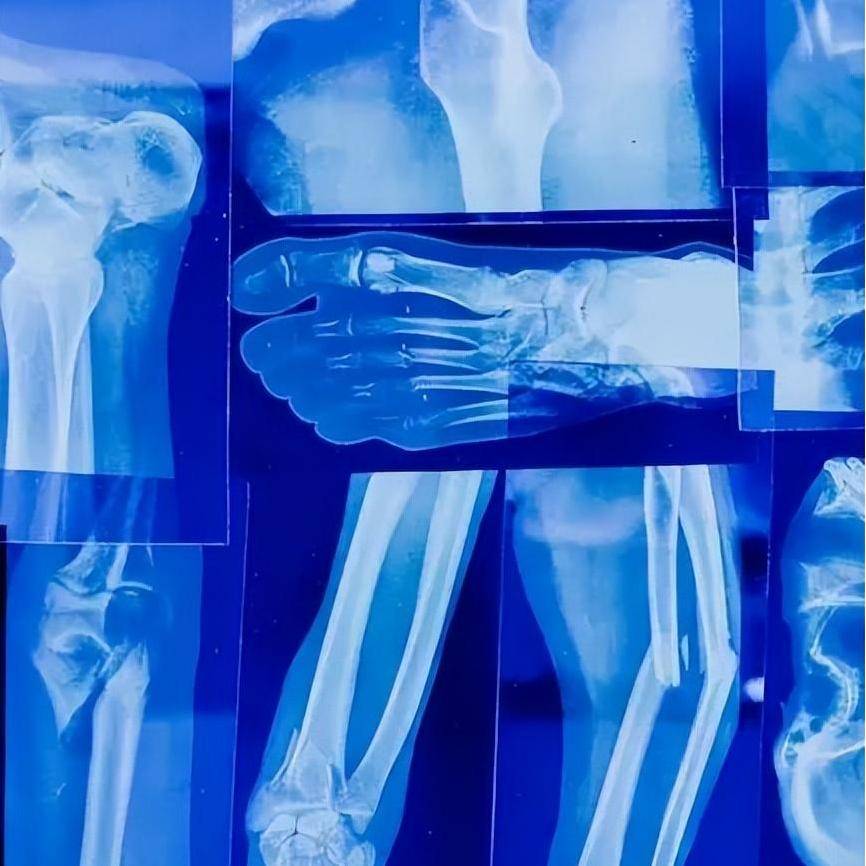
5 hidrogel de ácido hialurónico y reparación del sistema nervioso central
The central nervous system (CNS), including the spinal cord and the brain, is difficult to regenerate after injury due to microenvironmental inhibition and glial scarring [30]. Hyaluronic acid hydrogel can mimic the extracellular matrix of natural nerve tissue and bridge the injury site, which is beneficial to CNSinjury repair. At the same time, loading the adhesion peptide PPFLMLLKGSTR in hyaluronic acid hydrogel can significantly promote the adhesion growth of MSCs, and play the role of MSCs in compensating for the damaged neurons and neurotrophins, thus achieving more effective spinal cord tissue repair [31]. Neural progenitor cells in the subventricular region proliferate in large numbers after a stroke, but they do not migrate to the stroke site, which means that recruiting endogenous neural progenitor cells to the lesion site is a more effective way than injecting exogenous stem cells directly via hydrogel.
The hyaluronic acid injectable particle hydrogel prepared by Nih et al [32] can deliver nerve growth factor through hyaluronic acid, and at the same time, the particles are annealed to each other in situ to form a microporous monolithic scaffold, which can mediate the rapid migration of endogenous neural progenitor cells, and the synergistic effect of nerve growth factor and neural progenitor cells in the focal site will lead to the repair of the brain injury. Angiogenesis in brain repair can change the inhibitory microenvironment after traumatic brain injury. Lu et al[33] used a hydrogel obtained by modifying hyaluronic acid with a VEGFmimetic peptide to repair brain injury by promoting angiogenesis and inhibiting the formation of glial scar tissue.
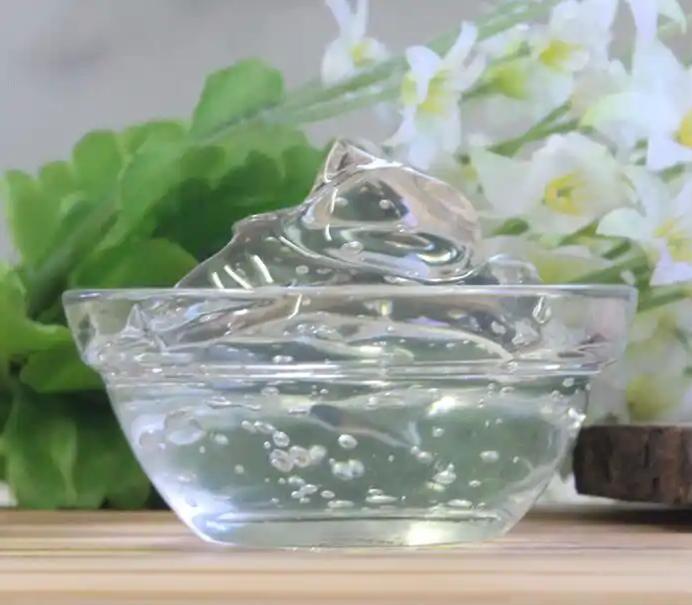
6 resumen y perspectivas
Hyaluronic acid hydrogels are widely used in tissue engineering, and the modification of their biomimetic structure and the loading of bioactive components can make the structure and function of the hydrogel materials meet the requirements of various types of tissue trauma treatment. Hyaluronic acid hydrogels can not only work well with stem cells for repair, but can also be used for targeted therapies due to its receptor-specific binding properties. However, hyaluronic acid functions differently depending on its molecular weight, and therefore, the impact of functional changes as the implanted hydrogel degrades to lower molecular weights needs to be considered.
The application of hyaluronic acid hydrogel in various types of tissue repair has been a hot research topic, and the design of hydrogel can meet different needs and improve the therapeutic efficiency. (1) The physical properties of hyaluronic acid hydrogels, such as softness and hardness, can regulate the behaviour of the cells encapsulated in them, and the cells will improve the regulation of the hydrogel by secreting proteins and other means to adapt to the needs [34-35]. Therefore, researchers can explore the interaction between hyaluronic acid hydrogels and cells to better regulate cellular behaviour and promote tissue repair. (2) The wound healing process is very complex, and a multifunctional smart hydrogel system that can rapidly heal wounds through more than one biological mechanism is more in line with clinical needs and an important direction for wound dressing research. (3) Nanoparticles have irreplaceable advantages in the field of drug loading, combined with the existing research on hyaluronic acid hydrogel, hyaluronic acid microgel has a broader application prospect. (4) The research on smart hydrogels is progressing rapidly, which can sensitively identify environmental conditions such as light, temperature, pH, etc. Especially the hydrogels that can respond to the specific recognition of protein molecules, and in synergy with hyaluronic acid, they can better meet the personalised needs of different patients for tissue repair. In conclusion, bionic, multifunctional, nano, and smart will be the new trend for the future development of hyaluronic acid hydrogel.
referencia
[1] Passi A,Vigetti D. Hialuronan como sistema sintoniable de administración de fármacos [J]. Advanced Drug Delivery Reviews, 2019,146: 83-96.
[2] Salwowska N M, Bebenek K A, Żądło D A, Wcis × o-Dziadecka D L. Propiedades fisiquímicas y aplicación del ácido hialurónico: una revisión sistemática [J]. Journal of Cosmetic Dermatology, 2016, 15(4): 520-526.
[3] Kim H, Jeong H, Han S,Beack S,Hwang B W,Shin M, Oh SS, Hahn S K. Hialuronato y its Derivados derivados derivados for personalizado biobiomédica aplicaciones [J]. Biomateriales, 2017, 123: 155-171.
[4] Hemshekhar M, Thushara R M, Chandranayaka S, Sherl S, Kemparaju K, Girish K S. Emerging funciones of hyaluronic acid bioandamios in tissue engineering and Medicina regenerativa [J]. International Journal of Biological acromolecules, 2016, 86: 917-928.
[5] Litwiniuk M, Krejner A, Speyrer M S, Gauto A R, Grzela T. Hyaluronic acid En inflamación y regeneración tisular [J]. Heridas: un compendio de investigación clínica y práctica, 2016, 28(3): 78-88.
[6] Gupta R C, Lall R, Srivastava A, Sinha A. Ácido hialurónico: mecanismos moleculares y trayectoria terapéutica [J]. Fronteras en la ciencia veterinaria, 2019, 6: 192.
[7] Vigani B, Rossi S, Sandri G,Bonferoni MC, Caramella CM, Ferrari F. Ácido hialurónico y nanosistemas basados en quitosan: una nueva generación de apópara el cuidado de heridas [J]. Opinión de expertos sobre administración de medicamentos, 2019, 16(7): 715-740.
[8] Nguyen N T, Nguyen LV, Tran N M, Nguyen D T, Nguyen T N, Tran H A, Dang N N, Vo T V, Nguyen T. El efecto del grado de oxidy la relación volumen de los componentes sobre las propiedades y aplicaciones de los hidrogeles reticulin situ a base de quitosano y ácido hialurónico [J].Ciencia de materiales & Ingeniería C, materiales para aplicaciones biológicas, 2019, 103: Art no 109670.
[9] gra ça M F P, Miguel Miguel S P, Cabral Cabral C S D, Correia I J. Hyaluronic acid-based Vendajes de heridas: una revisión [J]. Polímeros de carbohidratos, 2020,241: Art no 116364.
[10] Byrd A L, Belkaid Y, Segre J A. The humana skin microbioma [J]. naturaleza Reviews Microbiology, 2018, 16(3): 143-155.
[11] Liang Y,ZhaoX, Hu T, Chen B, Yin Z,Ma P X, GuoB. Adhehemostático conducción de hidrogeles compuestos inyectables con liberación sostenida de fármaco y actividad antibacteriana fototérmica to promote De espesor total skin regeneration during wound healing [J]. Small (Weinheim an der Bergstrasse, Alemania), 2019, 15(12): Art no e1900046.
[12] Wang S Y,Kim H, Kwak G, Yoon H Y,Jo S D,Lee JE, Cho D, Kwon I C, Kim S H.Development of biocompatible HA hydrogels embedded with a new synthetic Péptido que promueve la migración celular para el manejo avanzado de heridas [J].Ciencia avanzada (Weinheim, baden-württemberg, Alemania), 2018, 5(11): Art no 1800852.
[13] Wang X L, Xu P C, Yao Z X, Fang Q, El Feng L B, Guo R, El caso de Cheng B. Preparación preparación De antimicrobihialuronic acid/quaternized quitosan hydrogels para la promoción de agua de mar - inmersión cicatride heridas [J]. Fronteras en bioingeniería y biotecnología, 2019, 7: 360.
[14] Makvandi P, Ali G W, Della Sala F, Abdel-Fattah W I, Borzacchiello A. Biosíntesis y caracterización of antibacterial termosensible hydrogels based on Maíz maíz Seda de seda Extracto, ácido hialurónico y nanoplata para potencial cicatride heridas [J]. Polímeros de carbohidratos, 2019, 223: Art no 115023.
[15] Yu B H, Zhan A Y,Liu Q,Ye H, Huang X Q, Shu Y, Yang Y, Liu H Z. Un hidrogel supramolecular reticuldiseñado para la administración directa, conveniente y eficiente de fármacos hidrofóbicos [J]. International Journal of Pharmaceutics, 2020, 578: Art no 119075.
[16] Saleh B, Dhaliwal H K, Portillo-Lara R, Sani E S, Abdi R, Amiji M M, Annabi N. inmunomod using an adhesive hydrogel loaded with mirna-laden Las nanopartículas promueven la cicatride heridas [J]. Small, 2019, 15(36): Art no e1902232.
[17] Wang T, Zheng Y, Shi YJ,Zhao L. El hidrogel de alginato de calcio Ph-responsive cargado con nanopartículas de protamina y oligosacárido hialurónico promueve la cicatride heridas diabéticas al mejorar la angiogénesis y la actividad antibacteriana [J]. Drug Delivery and Translational Research, 2019, 9(1): 227-239.
[18] Zhai P S, Peng XX, LiB Q,Liu Y P, solH C, Li XW. La aplicación del ácido hialurónico en la regeneración ósea [J]. Revista internacional de macromoléculas biológicas, 2020, 151: 1224-1239.
[19] Yang Y Q, Wang M Q, Yang S B, Lin Y X, Zhou Q H, Li H J, Tang T T. Bioimpresión de una red de osteocitos para la mineralización biomimética [J]. Biofabricación, 2020, Apartado 4 del artículo 12: artículo 045013.
[20] Wenz A, Borchers K, Tovar G E M, Kluger P J. Producción de matriz ósea en hidroxiapati- hidrogeles modificados adecuados para la bioimpresión ósea [J]. Biofabricación, 2017, 9(4): Art no 044103.
[21] Zhang i S, El Feng Q, Dong C Q, Yang Y H, Li G, Bian L M. Nanocomposite hydrogels (en inglés) estabiliestabiliestabili by self-assembled multivalent bisphosphonate-magnesium Las nanopartículas median la liberación sostenida de iones de magnesio y promueven la regeneración ósea in situ [J].Acta Biomaterialia, 2017, 64: 389-400.
[22] Li R, Lin El presente reglamento será obligatorio en todos sus elementos Y directamente aplicable en cada estado miembro. Chen X Y, Wei K C, Xu JB, Li G, Bian L M.
Sintéticas sintéticas sintéticas presentación of No cancan wnt5a motivo promueve Diferenciación dependiente de mecanoseno de células madre y regeneración [J]. Avances científicos, 2019, Artículo 5(10): Art n º eaaw3896.
[23] Yan H J, Casalini T, Hulsart-Billstrom G, Wang S J, Oommen O P, Salvalaglio M, Larsson S, Hilborn J, Varghese O P. Diseño sintético del factor de crecimiento secuestrando hidrogel mimético de matriz extracelular para promover la formación ósea in vivo [J]. Biomaterials, 2018, 161: 190-202.
[24] Park Y B, Ha C W, Lee C H, Park Y G. Restauración de un gran defecto osteocondral de la rodilla using a composite of umbilical cord blood-derived mesenchymal stem cells And hyaluronic acid hydrogel: A case report with A 5 years follow-up [J] (en inglés). BMC Musculoskeletal Disorders, 2017, 18(1): 59.
[25] Zhu D, Wang H, Trinh P, Heilshorn S C, Yang F. ELP - ha) hidrogeles con señales mecánicas y bioquímicas desacoplpara la regeneración del cartílago 132-140.
[26] Ren P G, Zhang H, Dai Z, Ren F, Wu Y D, Hou R X, Zhu Y B, Fu J. Stiff micelle- crosslinked Hialuronato de hialuronato hydrogels with low Inflamación (hinchazón). for potencial cartilage repair [J]. Journal of Materials Chemistry B, 2019, 7(36): 5490-5501.
[27] Kim Y H, Yang X, Shi L, Lanham S A, Hilborn J, Oreffo R O C, Ossipov D, Dawson J i.bisfosfonato nanoarcilla perfil interactions facilitate hydrogel automontaje Localización y factor de crecimiento sostenido [J]. Nature Communications, 2020, 11(1): 1365.
[28] Yang J R, Liu Y B, He L, Wang Q G, Wang L, Yuan T, Xiao Y M, Fan Y J, Zhang X D.Icariin conjuácido hialurónico/colágeno hidrogel para la restauración de la interfaz osteocondral [J]. Acta Biomaterialia, 2018, 74: 156-167.
[29] Liu X M, Wei Y Q, Xuan C K, Liu L, Lai C, Chai M Y, Zhang Z G, Wang L, Shi X T. Un biomimé biphasic osteochondral scaffold with Específica de la capa release of stem Diferenciación celular inducers for the reconstrucción of osteochondral Los defectos [J]. Materiales de salud avanzados, 2020, 9(23): e2000076.
[30] Thompson R E, Pardieck J, Smith L, Kenny P, Crawford L, Shoichet M, Sakiyama-Elbert S. Efecto de los hidrogeles de ácido hialurónico que contienen matriz extracelular derivada de astrocito y /o interneuronv2a en los resultados histológicos después de lesión de médula espinal [J]. Biomaterials, 2018, 162: 208-223.
[31] Li L M, Han M, Jiang X C, Yin X Z, Chen F, Zhang TY, Ren H, Zhang J W, Hou T J, Chen Z, Ou-Yang H W, Tabata Y, Shen Y Q, Gao J Q. (1) los demás: hydrogel Scafpromueve la recuperación de la transección de la médula espinal a través del sinergismo con las células madre mesenquimales [J]. Materiales aplicados de ACS Interfaces, 2017, 9(4): 3330-3342.
[32] Nih L R, Sideris E, Carmichael S T, Segura T. La inyección de hidrogeles de partículas de recocido micropor(map) en la cavidad cerebrovascular reduce la gliosis y la inflamación y promueve la migración de NPC a la lesión [J]. Materiales avanzados (Deerfield Beach, Fla), 2017, 29(32): 10.
[33] Lu J J, Guan F Y, Cui i F Z, Sun X D, Zhao L Y, Wang Y, Wang X M. Angiogéaumentada por los hidrogeles de ácido hialurónico inmovilizados con un péptido mimético de VEGF en un modelo de lesión cerebral traumática en ratas [J]. Regenerative Biomaterials, 2019, 6(6): 325-334.
[34] Madhusoodanan J. Matriz matriz mimics La forma cell estudios [J]. Naturaleza, 2019, 566(7745):563 — 565.
[35] Loebel C, Mauck R L, Burdick J A. La deposición de proteína nascente Local y la remodelación guía la mecanosensores y destino de las células mesenquimales del estroma en hidrogeles tridimensionales [J]. Nature Materials, 2019, 18(8): 883-891.
-
anterior
¿Qué es el polvo de ácido hialurónico de alto peso Molecular?
-
siguiente
¿Cuáles son los usos del polvo de ácido hialurónico?


 inglés
inglés francés
francés español
español ruso
ruso coreano
coreano Japonés japonés
Japonés japonés